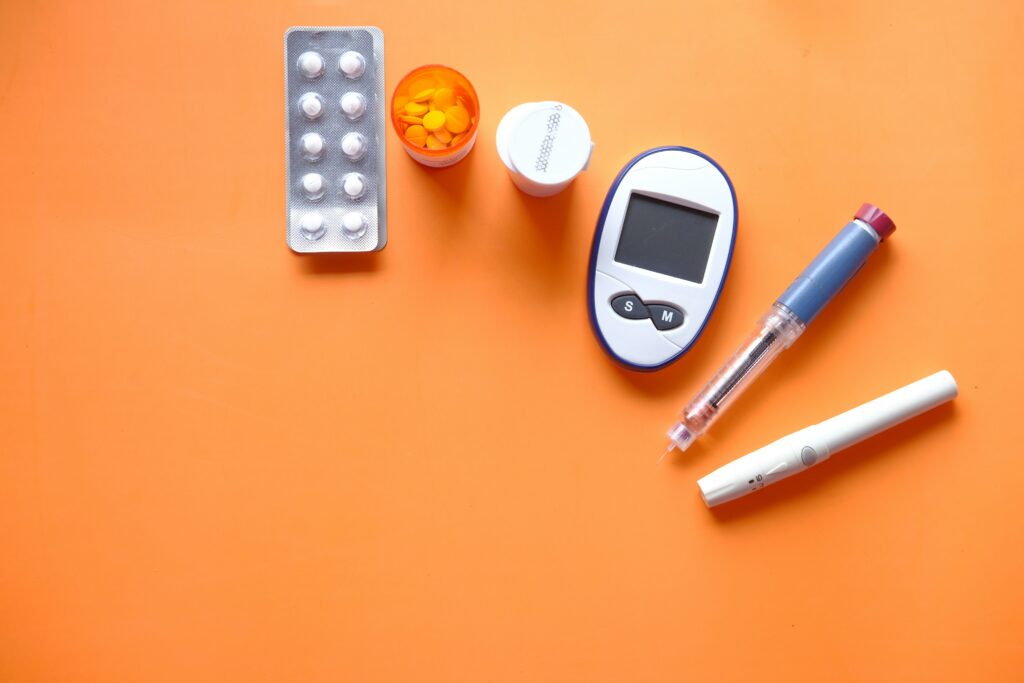Type 2 diabetes is a Serious health condition This is becoming more common in children and adults. In the past, the elderly was mostly affected, but now younger, especially black young people, are developing this disease. Type 2 diabetes may cause important health problems if not managed successfully. With the right life changes, medical care and education, people can live long and healthy lives despite having diabetes. If this health condition is a risk, measures now can help prevent significant problems in the future.
Why does type 2 diabetes become more common in black youth?

In recent decades, doctors have noticed a sharp increase in type 2 diabetes among black children and adolescents. Since type 2 diabetes is presented before lifetime, it translates into more complications in adulthood. The longer you have diabetes, the greater the ability to develop serious health problems. Several factors contribute to this trend:
- Genetics: A family history of diabetes increases the risk.
- Diet: Many children consume too much sugary foods and drinks, causing a weight gain.
- Lack of physical activity: Less exercise means that the body has more time using energy for energy.
- Limited access to health: Factors such as medical desserts where some communities have less healthcare resources, making it harder to get early treatment.
Type 2 diabetes leads to other health problems
If diabetes is not controlled, it can lead to important health problems, including:
- Heart disease: High -blooded sugar can damage blood vessels and increase the risk of attacks and cerebrovascular accidents.
- Kidney disease: Diabetes is one of the main causes of renal failure.
- Eye problems: High blood sugar can damage your eyes, causing a loss of vision.
- Nerve damage: Poor circulation can cause asleep and pain, especially on the feet.
Type 2 diabetes notice signs
Early detection is one of the best ways to catch diabetes, put it under control and prevent complications. Common symptoms include:
- Feel thirsty all the time
- Frequent urination
- To feel -very tired
- Blurred vision
- Slowly healing cuts or infections
- Tingling or numbness in the hands and feet
If any of the above symptoms seems familiar, it is important to see a doctor as soon as possible.
Badly managed diabetes risks

Although there is currently no formal care for diabetes, early detection and to put it under control are the best ways to prevent complications. Failure to care for diabetes can lead to serious problems such as:
- Serious infections: Alt blood sugar weakens the immune system.
- Loss of limbs: Nerve damage and poor circulation can cause amputations.
- Heart failure: Diabetes makes it harder than the bomb heart properly blood.
- Shorter life expectancy: People with uncontrolled diabetes have a much higher risk of early death.
Type 2 diabetes management
Although type 2 diabetes is a serious illness, it can be managed with proper lifestyle and medical care. Here are some important steps to do:
Healthy eating
A healthy diet is key to managing diabetes. People with diabetes have to eat:
- More vegetables and whole cereals
- Lean proteins such as chicken, fish and beans
- Less sugary drinks and snacks
- Smaller portions to maintain a healthy weight
Regular exercise
Keeping -SE active helps the body use sugar correctly. It Centers of Prevention and Disease Control (CDC) It recommends that you get at least 150 active minutes a week, which results in 30 minutes of exercise for five days a week. Activities such as walking, dancing or sports can make a big difference.
Doctor visits and medicines
Seeing a doctor regularly helps keep diabetes under control. Some people may need drugs such as:
- Metformin: A common pill that lowers blood sugar
- Insulin: A hormone that helps the body to use sugar
- Other medications: Some help the body release insulin or to use sugar more effectively
Diabetes and comorbidities

Unfortunately, diabetes can often be followed by other chronic diseases. Hypertension, or high blood pressure, is another health problem that often occurs with diabetes. High blood pressure It causes the heart to work harder and increases the risk of heart attacks and attacks. People with diabetes need to check the blood pressure regularly and take action to keep it under control, such as eating less salt, exercise and taking prescribed medicines.
Frequently asked questions
Diabetes can occur in any population. However, people in the African diaspora, including black people, are at a higher risk. Here are some factors to consider.
Which race is at most risk for type 2 diabetes?
Blacks, Hispanics, Native Americans and Asians have a higher risk of developing type 2 diabetes compared to whites. Black individuals, in particular, face higher challenges due to genetic factors and health disputes.
Can Type 2 diabetes be reversed?
In some cases, type 2 diabetes can be referred through significant lifestyle changes. Losing weight, eating a healthy diet and regularly exercising can help reduce blood sugar to normal levels. However, it is important to continue healthy habits to prevent diabetes from returning.
What is harder to manage, type 1 or type 2 diabetes?
Both types of diabetes are severe, but type 1 diabetes requires constant insulin treatment because the body does not produce insulin at all. Type 2 diabetes can sometimes be managed with diet, exercise and oral medicines, which facilitates control in some cases.
What is the most common cause of death in type 2 diabetes?
Heart disease is the leading cause of death for people with type 2 diabetes. High blood sugar hurts blood vessels over time, increasing the risk of heart attacks and cerebrovascular accidents.
What triggers type 2 diabetes?
Type 2 diabetes develops when the body becomes insulin resistant or not enough. Several factors can trigger diabetes, including:
- Have overweight or obese
- Eating too much sugar and processed foods
- Lack of physical activity
- Family history of diabetes
- Stress and bad sleep habits




